Libraries turning the page: They’re still in the business of books, but embracing new role as community ‘third space’
| Published: 03-22-2024 5:08 PM |
On a typical day at Forbes Library, people can be found lying on the lawn, participating in book clubs and other programs, checking out books or perhaps a ukulele, and chatting with friends and strangers.
It’s not the traditional image of a library that comes to mind, one of quiet, solitary studying and hushed whispers amid walls of books.
Although books and learning will always remain at the center of any given library, libraries in recent years have evolved into a sort of “indoor town common,” as Florence’s Lilly Library Director Adam Novitt puts it, where people can gather to socialize, attend workshops and presentations, and learn from one another.
“There’s the traditional role of the library as a place where people can borrow books — and now that’s expanded to other media like audiobooks and movies,” said Janet Ryan, head of programming and outreach at Jones Library in Amherst. “But over the years, it’s come to be more of a really important ‘third space,’ not home and not work, where people can gather and hang out, read a magazine, meet a friend.”
Unlike commercial places, “There’s no obligation to buy a coffee or order a Danish in order to feel OK about being in that space,” Ryan noted.
Libraries around western Massachusetts facilitate that “third space” community-centered environment by doing things like creating comfortable hang-out spaces for teens, installing an outdoor wildflower walkway, and offering more programming and events.
“We’re trying to create value at the library so that it’s worthwhile to go, but also someplace that’s worthwhile to stay at,” said Lilly Library’s Novitt.
“[A library] really is one of the last free spaces available in our society,” said Easthampton Public Library Director Katya Schapiro. “And it really functions as a community intersection space.”
Article continues after...
Yesterday's Most Read Articles
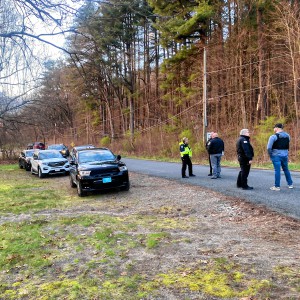 Police report details grisly crime scene in Greenfield
Police report details grisly crime scene in Greenfield
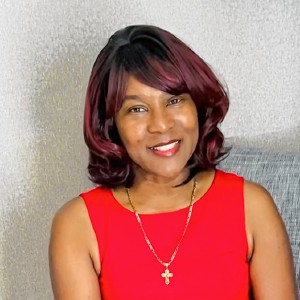 Super defers Amherst middle school principal pick to successor; one finalist says decision is retaliation for lawsuit
Super defers Amherst middle school principal pick to successor; one finalist says decision is retaliation for lawsuit
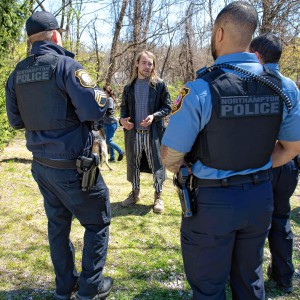 Homeless camp in Northampton ordered to disperse
Homeless camp in Northampton ordered to disperse
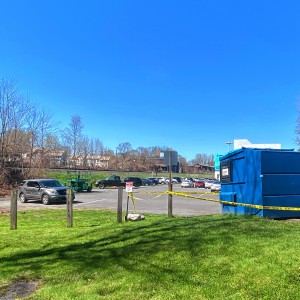 Authorities ID victim in Greenfield slaying
Authorities ID victim in Greenfield slaying
 Haydenville residents resist Greenway trail plan, float alternative design
Haydenville residents resist Greenway trail plan, float alternative design
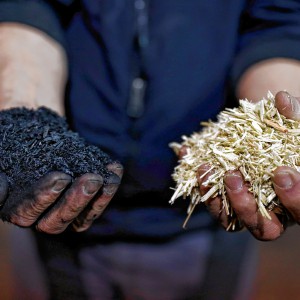 Locking up carbon for good: Easthampton inventor’s CO2 removal system turns biomass into biochar
Locking up carbon for good: Easthampton inventor’s CO2 removal system turns biomass into biochar
Easthampton is currently in the process of applying for state funding for a new library location. Schapiro said that with limited comfortable and accessible space, currently the library “can’t offer a lot of the services that a modern library is expected to offer,” including gathering spaces and comfortable seating.
“An interesting way to look at changes in libraries … is the ways in which the requirements for grants have changed since the last grant cycle 10 years ago,” Schapiro said. “Many things are the same, but in some ways a lot of the standards are evolving.”
Since the pandemic, outdoor spaces, good ventilation, and curbside pickup are now expected. And the idea of flexible-use space to be used for a variety of activities — such as booking meetings, hosting events, and gathering with friends — is increasingly important.
“We’re looking at a growth of services that serves the same mission … to offer public access to information,” Schapiro said.
Public libraries have always served to facilitate the spread of knowledge and learning within their communities. And the most basic and fundamental function of any library has always been to lend books — the very word “library” stems from the Latin “liber” meaning “book.”
Around the area, circulation — or the number of physical books checked out — remains level or slightly down since the pandemic. Meanwhile, circulation of non-streaming content including e-books and audiobooks grows each year.
At Forbes, Downing said distribution of digital materials is growing more than 10% each year. “The sky’s the limit at this point, as people are still discovering it and adopting it,” she said.
In other words, people aren’t reading less; many are just reading digitally.
“People talk about the greatest inventions of all time, and people are like ‘cars’ or ‘airplanes’ or whatever, but no — it’s reading,” Novitt said.
As readers continue to borrow books, the role of libraries has expanded in a post-internet world where information is abundantly available through smartphones and laptops.
“Part of the problem that we have in a world of endless information streams is that people have no real way to contextualize them,” Schapiro said.
Novitt said that “at this point, the difficult information to get is the information that’s inside of other people.”
Beyond lending viding a place for people to communicate with each other, often through programming like knitting groups or Dungeons and Dragons groups.
At Lilly, for instance, a “Queer Voices Book Discussion” group has provided a space for communication across generational lines in the local queer community.
“It’s difficult to get that kind of information really in any other way that’s not peer-to-peer,” Novitt said, adding that queer youth have the opportunity to learn from each other and older members of the queer community. “That information must be peer-to-peer.”
Over at Jones Library, programming including craft brings people together at craft programming, a weekly gaming group, and a knitting group, along with other programs.
And at Forbes, in another example of community-centered programming, the library recently held an arts and crafts materials swap where people dropped off and picked up arts materials, creating an opportunity to simultaneously converse and share crafting tips.
“It was just a magical moment that I think the library is so well-positioned to because of the fact that we’re open to everyone and inspire to general lifelong learning to happen here,” Downing said.
In another effort to serve as community centers, many libraries have created “libraries of things” — collections of items including musical instruments, induction cooktops, gardening tools, and even car diagnostic devices – for users to lend out.
“In the idea of learning beyond just what you can borrow in a traditional format, libraries started circulating collections of things,” Downing said. “These collections are an opportunity for people to explore and grow in ways that are beyond what we traditionally think of.”
Downing said that one aspect of Forbes’ strategic plan for future of the library has to do with inspiring the community and using the library “as a spark” for learning and growth.
“How can we help people to think about the next thing they want to learn or achieve or accomplish or be introspective about?” she said.
That question is at the core of what libraries do for their communities, and newer efforts like the “library of things,” programming and use of space for peer-to-peer connection, and of course, providing reading materials are all a part of that mission.
“Having a library is a little bit like having a friend. It’s like somebody that you can talk to, somebody you can borrow stuff from,” said Novitt. “It’s like someplace you can feel comfortable being over at their house.”

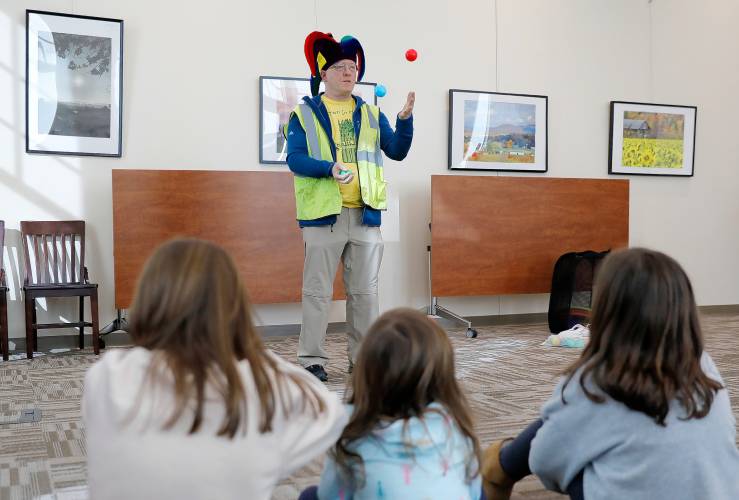
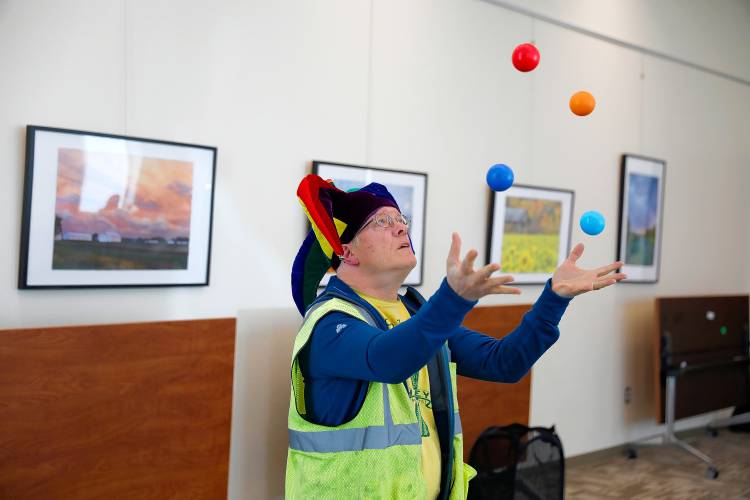
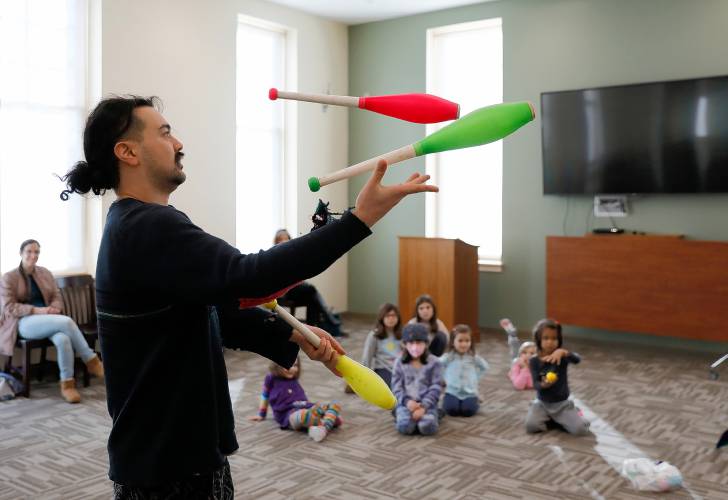
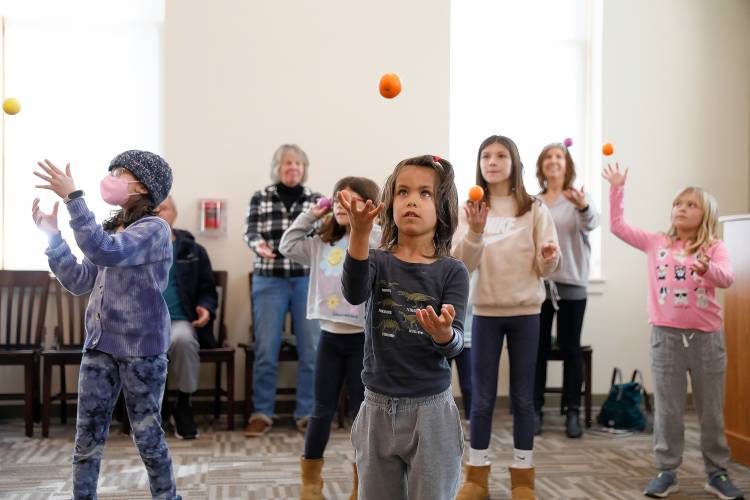
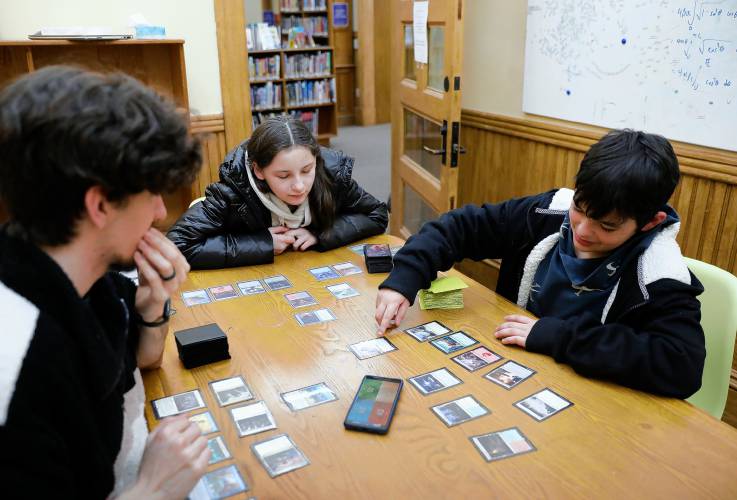
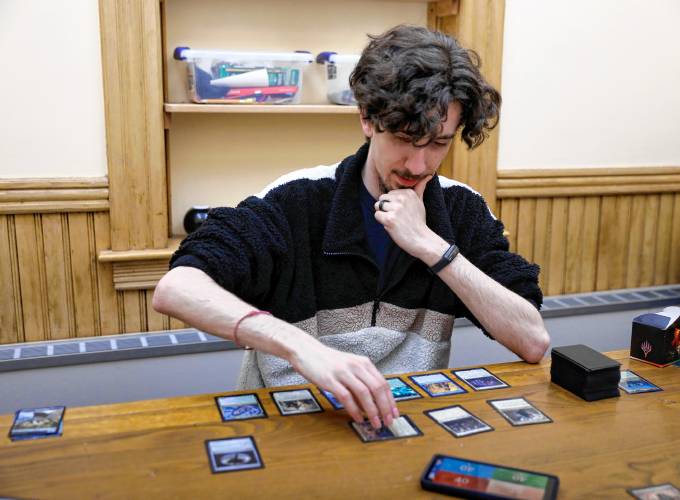
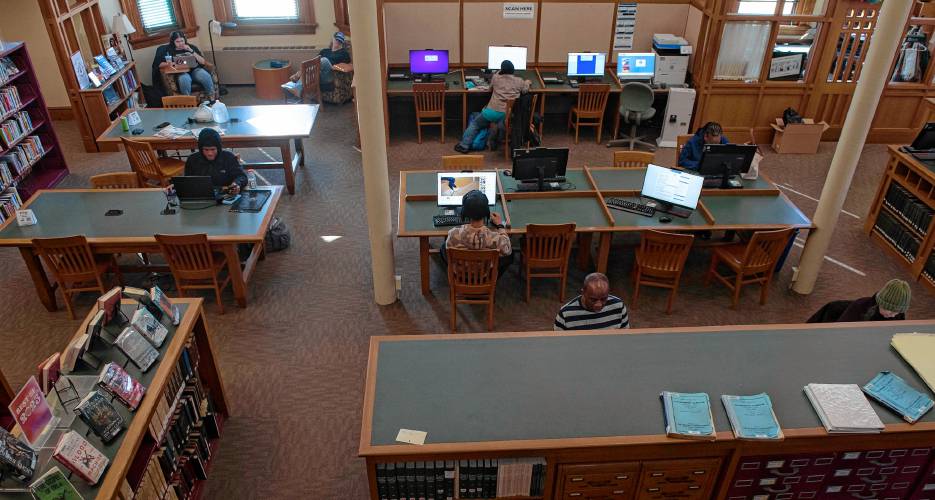
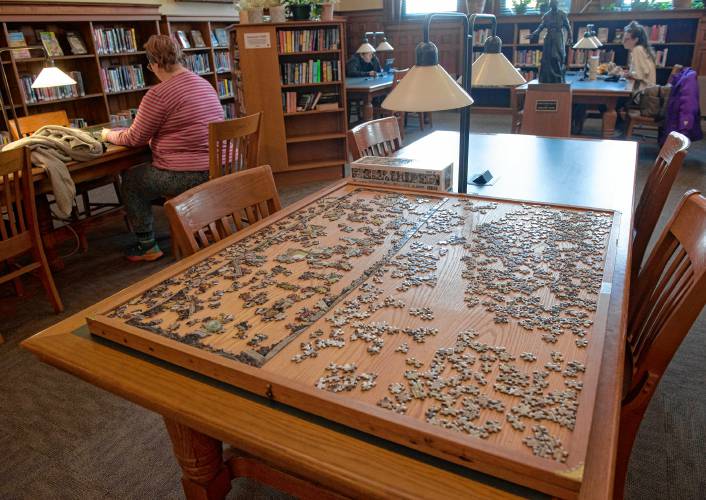
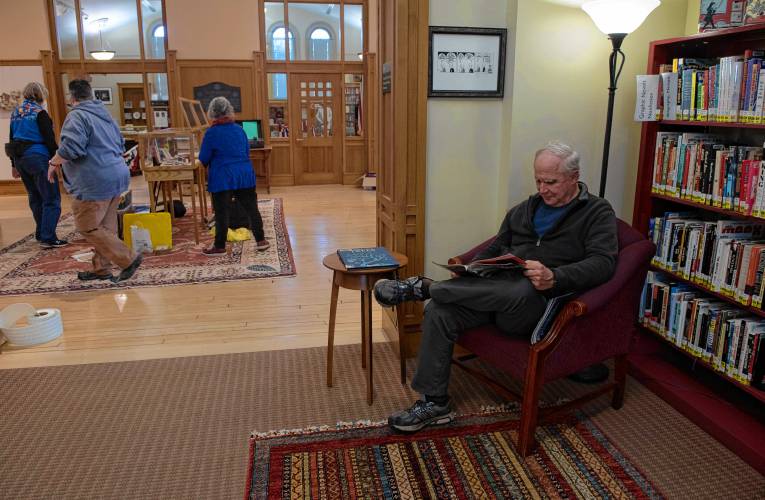
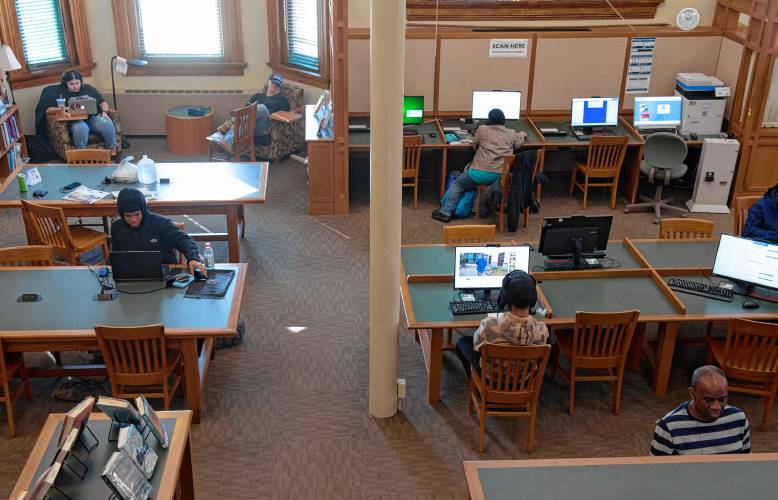
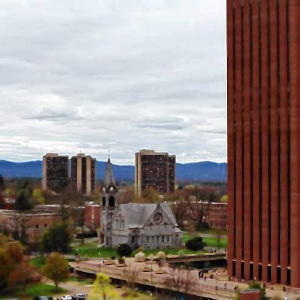 Federal probe targets UMass response to anti-Arab incidents
Federal probe targets UMass response to anti-Arab incidents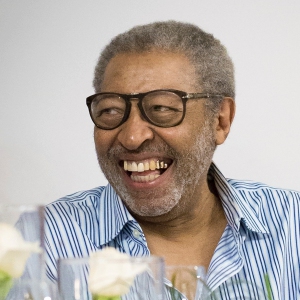 William Strickland, a longtime civil rights activist, scholar and friend of Malcolm X, has died
William Strickland, a longtime civil rights activist, scholar and friend of Malcolm X, has died
